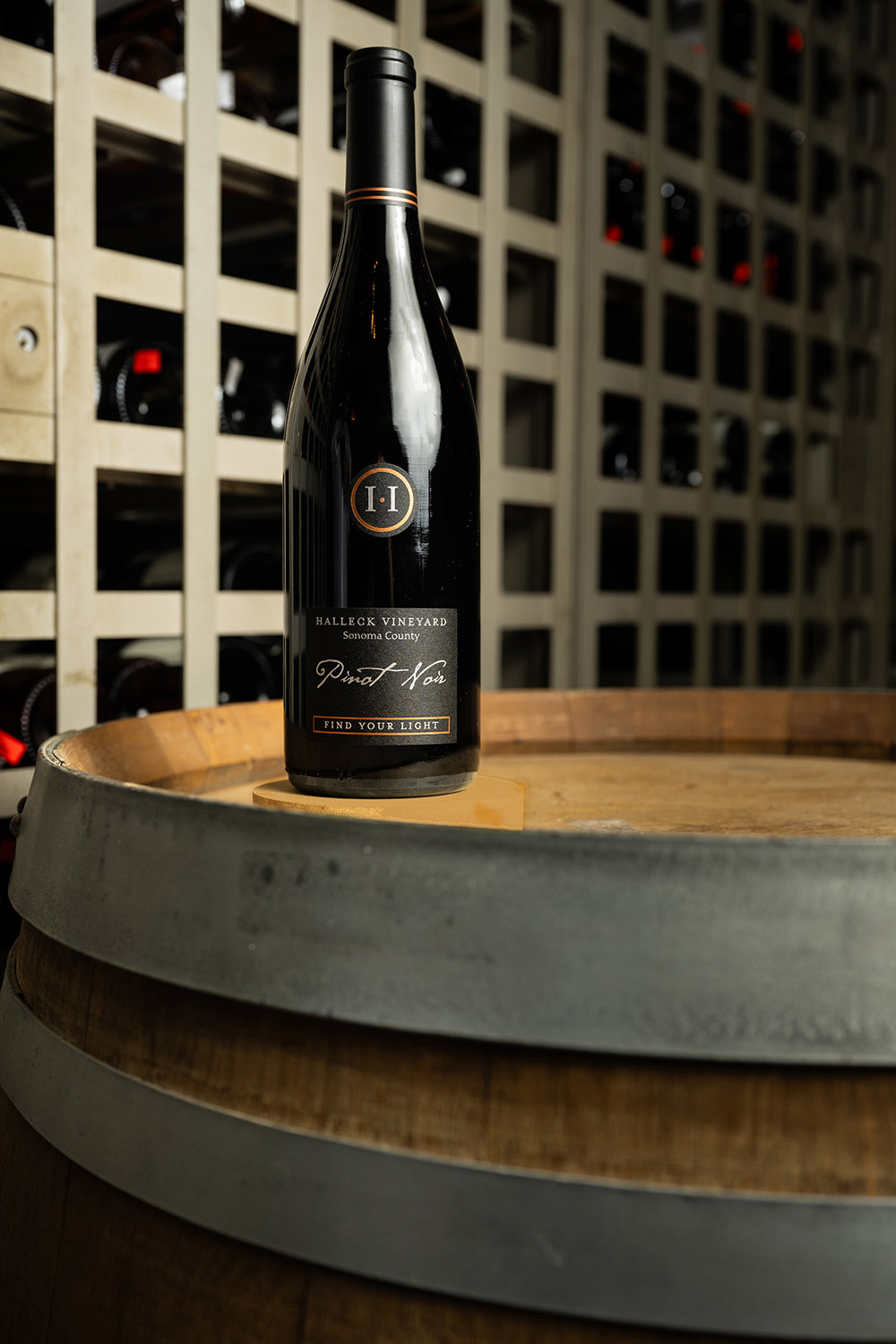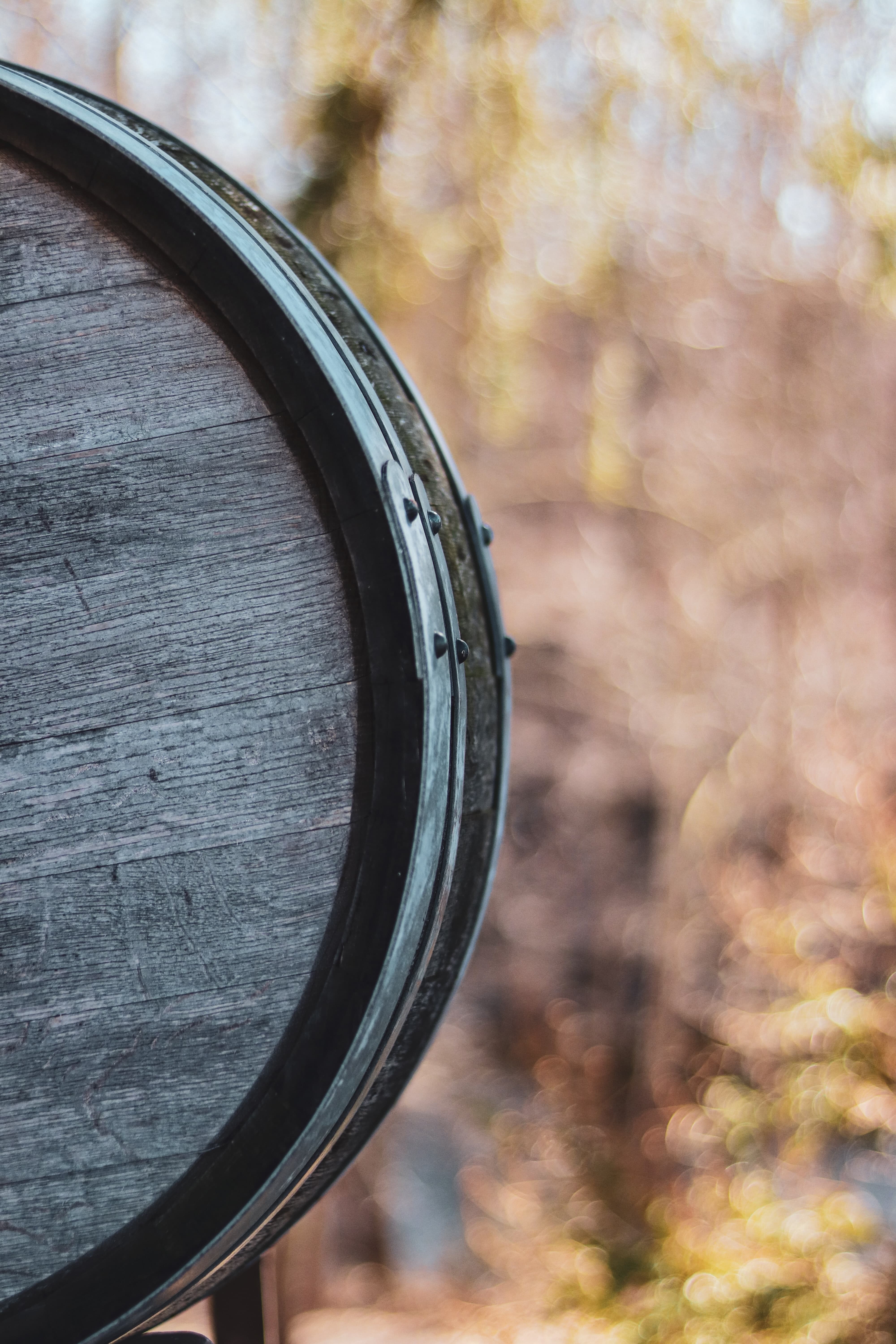Top Tips for Enjoying Wine Tastings in Sebastopol
Top Tips for Enjoying Wine Tastings in Sebastopol
Blog Article
Local's Guide to Vineyard Tours in Sebastopol
Understanding the nuanced vocabulary associated with winery wine tasting is essential for both novices and seasoned connoisseurs alike. Every term brings to life the experience of tasting wine and may improve one’s appreciation of the many intricacies concerned. Wine tasting is more than just consuming; it is an art that entails various senses and emotions.
To begin with, the term "nostril" refers again to the aromas one detects when smelling the wine. This is a vital step as a result of the bouquet units the stage for the tasting experience. Notes of fruit, spice, earth, and wooden may mingle, offering a glimpse of what the palate might affirm. Understanding "nosing" the wine can dramatically elevate one's sensory journey.
One Other key side is the term "body." The physique of the wine describes its weight and fullness on the palate. A full-bodied wine has a robust presence and tends to linger longer after swallowing. Conversely, light-bodied wines may really feel extra delicate and refreshing. Recognizing the physique helps tasters assess the wine's construction and stability.
Top Wine Tasting Experiences in the Russian River Valley
The idea of "tannins" is vital in pink wine tasting. Tannins are compounds derived from grape skins, seeds, and stems, contributing to a wine's texture and getting older potential. High tannin wines usually end in a dry mouthfeel, while lower tannin ranges yield a smoother experience. This distinction is particularly important when pairing wines with food, as tannins can either complement or clash with sure dishes.
In addition to tannins, "acidity" plays a major role in the wine tasting experience. Acidity gives wine its crispness and liveliness - Exploring Outdoor Tasting Rooms in Sonoma County. Wines with larger acidity tend to be refreshing and energizing, making them glorious companions for a wide selection of meals. Recognizing acidity can drastically improve one’s food-pairing capabilities and total tasting enjoyment.
When delving into the flavor profile of a wine, one could encounter the term "finish." The end refers back to the aftertaste that lingers in the mouth after swallowing. A lengthy finish is commonly associated with high-quality wines, because it signifies complexity and depth. A brief end might counsel an easier wine. Understanding how to evaluate the end can reveal much a few wine's character.
Exploring the "vintage" is also integral to wine tasting terminology. The vintage denotes the year during which the grapes were harvested. Different years can yield vastly completely different outcomes due to variations in local weather situations. For occasion, a hot summer season can produce more concentrated flavors, whereas a cooler year may yield extra refined, nuanced wines. Understanding vintage allows for a deeper appreciation of a wine’s origin and potential.
Dos and Don'ts of Wine Tasting for Beginners 95409
The term "terroir" encompasses the geographical and environmental elements that contribute to a wine's unique character. Elements such as soil kind, local weather, elevation, and topography all play a role within the flavor and quality of the wine. This connection to position helps one understand why wines from completely different areas can taste so distinctively completely different, even when made from the same grape variety (Wine Tasting Etiquette for Beginners).

When partaking with wines, the phrase "leg" refers back to the droplets that type on the inside of the glass after swirling. These droplets can indicate the wine's alcohol content material and viscosity. Whereas observing the legs won't directly relate Continue to the wine’s style, it provides to the overall experience and intrigue of wine tasting less clear.
Experience the Essence of Single Vineyard Wines in Sonoma County
A more specific term which will arise during tastings is "oak." The influence of oak barrels on wine can impart flavors similar to vanilla, toast, or spice. The diploma of oak growing older can range broadly amongst wines, affecting each aroma and style. Understanding oak remedy offers insights into the winemaker’s selections and the ensuing complexity of the wine.
In wine tasting, one may also hear the term "palate." The palate refers to the overall style experience within the mouth. This encompasses sweetness, bitterness, acidity, and physique. A well-balanced palate is important for a harmonious tasting experience, and recognizing any imbalances helps assess the quality of the wine.
The experience of wine tasting is significantly enriched by understanding the terminology that accompanies it. Each term serves a objective, enhancing the ability to convey thoughts and feelings about the wine one's experiencing. This vocabulary bridges communication between tasters, sommeliers, and winemakers alike.

To absolutely enjoy wine tasting, it's important to interact all senses. The sight of the wine, its color, and readability can provide perception into its age and quality. Swirling the wine releases aromas that heighten the olfactory experience, whereas the actual tasting allows for a complete analysis of the wine's profile.
Plan the Perfect Wine Tour in Sebastopol
In conclusion, understanding the detailed explanation of winery wine tasting terminology greatly enhances the experience of tasting. Each term invites the taster to have interaction extra deeply with the wine, encouraging connections to the senses, the winemakers, and the lands where the grapes are grown. This nuanced vocabulary creates a richer, more fulfilling wine tasting experience.
- Aroma refers back to the scents launched by the wine, which may point out its grape selection and affect the tasting experience.
- Tannins are pure compounds present in grape skins, seeds, and stems, contributing to the wine's structure and aging potential.
- A end, or aftertaste, is the lingering flavor sensation that is still on the palate after swallowing, usually a key indicator of high quality.
- Body describes the load and fullness of wine in the mouth, usually categorized as light, medium, or full-bodied.
- Terroir denotes the unique environmental characteristics of a vineyard that have an effect on the taste and quality of the wine, including soil kind and local weather.
- Acidity is a critical component that contributes to a wine's freshness and steadiness, impacting its getting older functionality and total flavor profile.
- Vintage signifies the 12 months grapes have been harvested and plays a big role in determining the wine's characteristics, reflecting particular weather conditions.
- Decanting entails pouring wine from its bottle into one other vessel, permitting it to aerate and enhancing its flavors and aromas.
- A corked wine could also be tainted by a faulty cork, resulting in musty or off-putting flavors that detract from the wine's supposed profile.
- The term “legs” refers to the droplets that cling to the within of a glass after swirling, typically associated with the wine's alcohol content and viscosity.undefinedWhat is the that means of "nostril" in wine tasting?undefinedThe "nose" refers back to the aroma profile of the wine, which is detected through the sense of scent. It Is an important aspect of wine tasting, as aromas can reveal a lot in regards to the grape selection, winemaking course of, and growing older.
How should I correctly taste wine?undefinedTo style wine successfully, comply with these steps: observe the color, swirl the wine to aerate it, take a delicate sniff to seize the aromas, sip and let it coat your palate, and eventually, note the end. This strategy helps in appreciating the wine’s complexity.
What are "tannins" and how do they have an effect on wine?undefinedTannins are natural compounds present in grape skins, seeds, and stems that contribute to a wine's construction and astringency. They can create a drying sensation in the mouth, and they additionally play a job in the wine's aging potential.
Unique Wine Experiences: What to Expect at Sonoma Wineries
What does the term "stability" imply in wine tasting?undefinedBalance refers again to the harmony between the different elements of a wine, such as acidity, sweetness, alcohol, tannin, and flavor depth. A well-balanced wine will have every of these parts supporting each other quite than overpowering the others.
What is the importance of "terroir" in wine tasting?undefinedTerroir encompasses the environmental factors—such as soil, climate, and geography—that affect the traits of the wine produced in a specific area. Understanding terroir helps tasters appreciate the distinctive qualities that totally different areas impart to their wines.
What does "vintage" imply and why is it important?undefined"Vintage" signifies the year when the grapes have been harvested. It is essential as a news outcome of it affects the wine’s quality and traits, as weather circumstances in the course of the growing season can significantly affect flavor profiles and aromatics.
What are "legs" and what do they signify?undefined"Legs" refer to the droplets that type and run down the within of a glass after swirling wine. While they will point out alcohol content material and viscosity, they do not determine quality—this is extra about personal notion of richness.
Pathways Through Sebastopol : The Best Routes for Exploring
What does "full-bodied" mean versus "light-bodied"?undefined"Full-bodied" wines are wealthy, dense, and often have larger alcohol content and complex flavor profiles, whereas "light-bodied" wines are more delicate and refreshing with a decrease alcohol content. This distinction helps tasters perceive the anticipated weight and mouthfeel of the wine.
How can I identify fruit flavors in wine?undefinedTo determine fruit flavors, consider the aroma and style profiles. Swirl the wine, inhale deeply to capture the bouquet, and concentrate on specific traits. Familiarity with typical fruit profiles of various grape varieties can improve this identification process.
What is "end" in wine tasting?undefinedThe "finish" refers again to the aftertaste that lingers in the mouth after swallowing. A lengthy, complex end is often an indication of quality in a wine, because it displays the depth of flavor and general craftsmanship within the winemaking process. Report this page